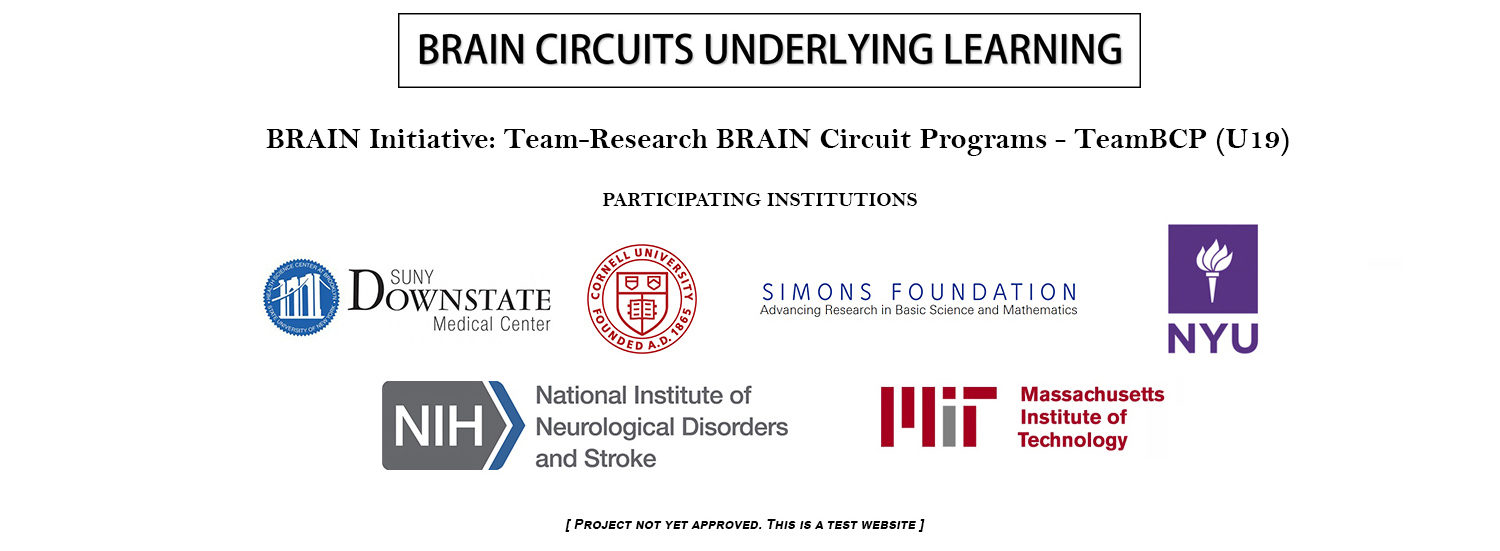We will determine how the different stages of PL are linked by the underlying neuromorphological remodeling of the circuits and vasculature in non-human primate (NHP) V1. Specifically, we will determine the changes that occur in the neuronal dendritic and axonal trees—and the supporting vasculature—with identified retino-topic position, orientation, and ocular dominance from Project 1, as function of ± exposure, ± attention, or ± training to the PL stimulus at that retinotopic position. This will allow us to determine the possible anatomical circuit changes underlying learning and the circuit mechanisms of specialization and generalization. We will conduct these studies longitudinally, starting with naive NHPs and training them throughout acquisition of PL, and beyond, to the point of true expertise maintenance, using the same behavioral paradigm described in humans in Project 4. The anatomical results will systematically link the human results from Project 4 to the NHP results with the same measures, and then deeper to the microscopic connectivity that is unavailable in human studies. Those areas that are connected via remodeled pathways will be targeted for focused study, to deter-mine the relative contributions of V1 and up/downstream areas.
We will specifically measure the microscopic neural and vascular changes in morphology and connectivity using a novel 2P imaging ultra-large field (1 cm2) mesoscope, designed specifically for awake NHPs. By cou-pling two innovations—a stochastic multi-color fluorescent protein AAV transfection protocol developed for NHP V1 pyramidal neurons, coupled with new hyperspectral technology we will build into our mesoscope—we will sample a population of ~660,000 neurons in our monkeys (~330,000 per hemisphere), down to ~900 µm in depth in our innovative NHP mesoscope, to view widely reaching anatomical changes no previous study has achieved. These images will allow us to reconstruct the shapes of the neurites from identified cells—mapped for their individual receptive field properties as a function of training condition in Project 1—longitudinally as learning takes place, throughout the entire dendritic and axonal trees of the targeted neurons, for comprehen-sive structural analysis and modeling. using disruptive new computational techniques in Project 3. The visual field quadrants will be labeled with novel viral transynaptic fluorescent protein labels not previously used in NHPs. These measures will provide the first stepwise linkages between human neural circuit remodeling, as a function of learning, and the microscopic ground truth, so that we may causally test our newly discovered ana-tomical models, and their proposed physiological functions, in Project 5.
Stephen Macknik [ MPI – Project 2 Lead ]
Principal Investigator
Professor of Ophthalmology, Neurology
and Physiology & Pharmacology
Director, Laboratory of translational neuroscience
SUNY Downstate Medical Center
Email: macknik@neuralcorrelate.com

